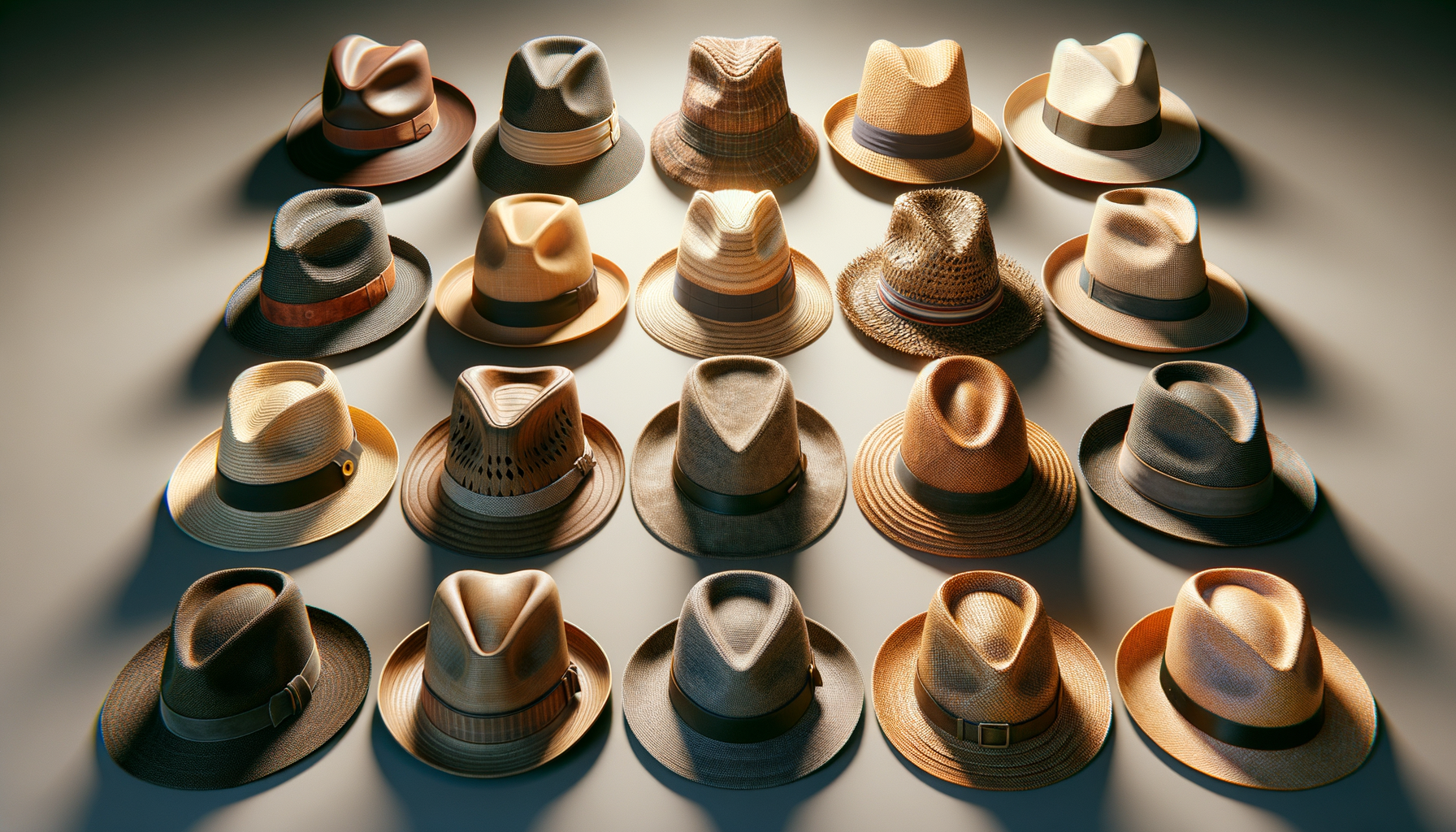
Things You Need To Know About Fedora Hats
The Historical Journey of Fedora Hats
The Fedora hat’s journey begins in the late 19th century, with its name derived from the title of a play, “Fédora,” written by Victorien Sardou. The protagonist, Princess Fédora, wore a hat that caught the public’s attention, leading to its widespread popularity. Initially, the Fedora was a symbol of the women’s rights movement, as women adopted the style to make a statement against traditional gender norms. Over time, the Fedora transitioned into men’s fashion, becoming a staple in the early 20th century. It was particularly prominent in the 1920s and 1950s, often associated with Hollywood icons and gangsters.
The Fedora’s design, characterized by its pinched crown and wide brim, offered both style and practicality. It provided shade and protection from the elements, making it a functional accessory. As fashion evolved, so did the Fedora, adapting to contemporary trends while retaining its classic appeal. Its versatility allowed it to transcend social classes and cultural boundaries, becoming a universal symbol of sophistication and style.
Today, the Fedora remains an emblem of elegance, embraced by fashion enthusiasts worldwide. Its enduring popularity is a testament to its timeless design and the cultural significance it has amassed over the decades.
The Anatomy of a Fedora Hat
Understanding the components of a Fedora hat is crucial for appreciating its design and functionality. The Fedora is primarily distinguished by its crown, which is typically creased lengthwise down the middle, with pinches on either side. This distinctive feature not only adds to its aesthetic appeal but also offers a comfortable fit.
The brim of a Fedora is another defining element, usually measuring around 2.5 inches, though it can vary. The brim can be snapped up or down, allowing for versatility in style. Materials used in Fedora construction include felt, straw, and wool, each offering different textures and levels of durability.
Inside the hat, a sweatband ensures comfort and fit, while a lining often adds an extra layer of luxury. The hatband, typically made of grosgrain ribbon, adds a touch of elegance and can be customized for a personal flair. Understanding these components helps in selecting the right Fedora, ensuring it complements both the wearer’s style and functional needs.
Whether opting for a classic felt Fedora for winter or a breathable straw version for summer, knowing the hat’s anatomy allows for informed choices that enhance both appearance and comfort.
Styling Tips: How to Wear a Fedora Hat
Incorporating a Fedora hat into your wardrobe can elevate your style, but it requires careful consideration to ensure it complements your outfit. The Fedora’s versatility allows it to be paired with both formal and casual attire, making it a valuable accessory for various occasions.
For a classic look, pair a felt Fedora with a tailored suit. This combination exudes sophistication and is perfect for formal events. When opting for a more casual ensemble, consider a straw Fedora with a light, airy outfit. This style is ideal for summer gatherings or outdoor events, adding a touch of refinement without being overly formal.
When selecting a Fedora, consider the color and material in relation to your wardrobe. Neutral tones like black, gray, and brown are versatile and can be paired with a wide range of outfits. For a bold statement, opt for a Fedora in a vibrant color or with unique patterns.
It’s important to wear the Fedora with confidence. The hat should sit comfortably on your head, slightly tilted for a relaxed yet stylish appearance. Remember, the Fedora is an accessory that draws attention, so wear it with assurance to make a lasting impression.
Caring for Your Fedora Hat
Proper care and maintenance of a Fedora hat are essential to preserve its shape and longevity. The material of the Fedora often dictates the care required, with felt and straw being the most common types.
For felt Fedoras, regular brushing with a soft-bristle hat brush helps remove dust and debris, maintaining its pristine appearance. It’s advisable to store the hat in a cool, dry place, away from direct sunlight, to prevent fading and distortion. Using a hat box or a stand helps maintain its shape and prevents accidental damage.
Straw Fedoras require a different approach, as they are more susceptible to moisture. It’s crucial to avoid getting them wet, as this can cause the straw to weaken and lose its form. In case of accidental exposure to water, allow the hat to air dry naturally, avoiding direct heat sources that could cause warping.
Regularly checking for signs of wear and tear, such as loose threads or a fraying brim, allows for timely repairs and prolongs the hat’s life. By following these care tips, your Fedora will remain a stylish accessory for years to come.
The Cultural Impact of Fedora Hats
Fedora hats have had a significant cultural impact, influencing fashion and popular culture in various ways. Throughout history, the Fedora has been associated with iconic figures in film and music, contributing to its enduring appeal.
In cinema, the Fedora became synonymous with classic Hollywood, worn by legendary actors in countless films. Its presence on the silver screen cemented its status as a symbol of style and charisma. Musicians, too, have adopted the Fedora, using it as a statement piece that enhances their stage presence and personal brand.
Beyond entertainment, the Fedora has played a role in social movements. Its adoption by women in the early 20th century was a bold statement against traditional gender norms, symbolizing empowerment and independence. This cultural significance continues today, as the Fedora is embraced by diverse communities, each adding their unique twist to its legacy.
Overall, the Fedora’s cultural impact is a testament to its versatility and timelessness. It remains a beloved accessory that transcends generations, continually reinventing itself while maintaining its classic allure.


